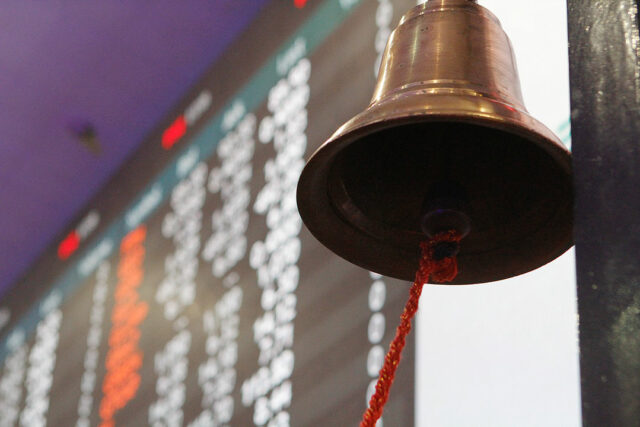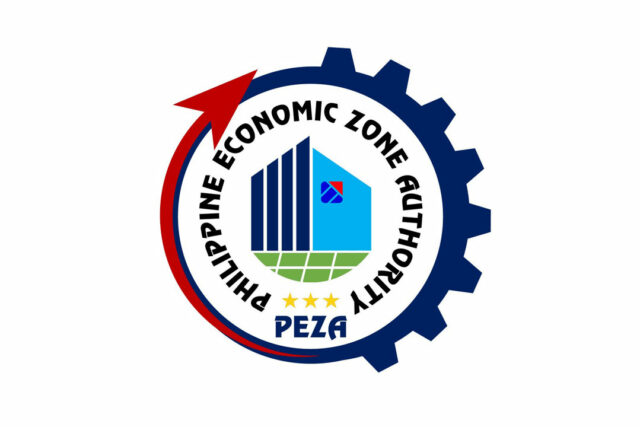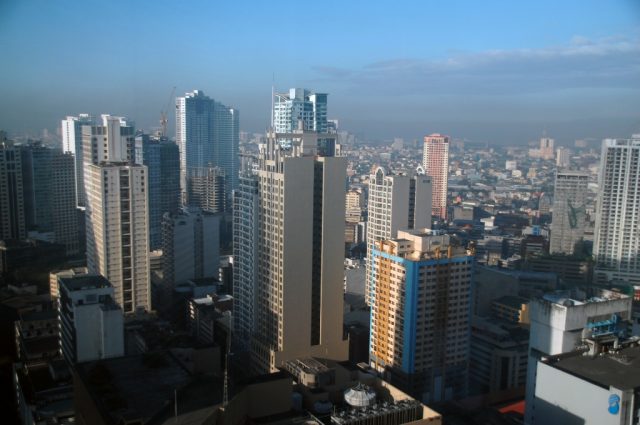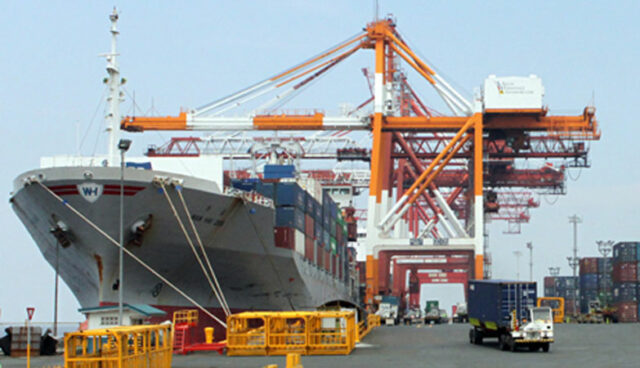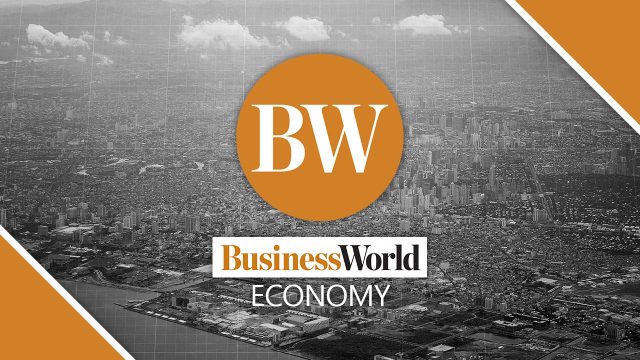Peso sinks to over two-month low against the dollar on Fed comments
THE PESO declined to an over two-month low against the dollar on Wednesday following signals from US Federal Reserve policy makers.
The local unit closed at P56.445 per dollar on Wednesday, weakening by 13 centavos from its P56.315 finish on Tuesday, Bankers Association of the Philippines data showed.
This was the peso’s weakest close in more than two months or since its P56.53-per-dollar close on Jan. 25.
The peso opened Wednesday’s session at P56.30 against the dollar, which was also its intraday best. Its weakest showing was at P56.51 versus the greenback.
Dollars exchanged inched down to $1.19 billion on Wednesday from $1.21 billion on Tuesday.
The peso weakened against the dollar on Wednesday after Cleveland Fed Bank President Loretta Mester and San Francisco Fed Bank President Mary Daly said the US central bank may cut rates thrice within the year, but added they were not in a rush, Rizal Commercial Banking Corp. Chief Economist Michael L. Ricafort said in a Viber message.
“The peso weakened as various Fed officials remained cautious over policy rate cuts amid robust US economic data,” a trader likewise said in an e-mail.
A pair of Federal Reserve policy makers often considered to have divergent monetary policy leanings on Tuesday both said they think it would be “reasonable” to cut US interest rates three times this year, even as stronger recent economic data has sown investor doubts about that outcome, Reuters reported.
Ms. Mester and Ms. Daly last month joined the US central bank’s unanimous vote to leave short-term interest-rates in the 5.25%-5.5% range to keep putting downward pressure on inflation.
“At this point, the economy and policy are in a good place,” Ms. Daly said at an event in Las Vegas. “Inflation is coming down, but it’s slow, it’s bumpy and slow. The labor market is still going strong and growth is going strong. So there’s really no urgency to adjust the rate.”
Projections published at the Fed’s March meeting showed the typical policy maker expected to deliver three quarter-point interest rate cuts this year, though nearly half of officials — nine of the 19 — see two or less this year, according to forecasts issued last month.
“I think that is a very reasonable baseline,” said Ms. Daly, often pegged as dovish though a self-described policy centrist.
Ms. Mester, on the more hawkish end of the Fed’s policy spectrum, told reporters on Tuesday that three rate cuts for this year remain a “reasonable” forecast while deeming it a “close call.”
Though, like Ms. Daly, she acknowledged the risk of keeping rates high for too long and unnecessarily harming the labor market, “at this point, I think the bigger risk would be to begin reducing the funds rate too early,” Ms. Mester said at an event in Cleveland.
The peso was also dragged down by elevated global crude prices, Mr. Ricafort added.
For Thursday, the trader sees the peso moving between P56.35 and P56.60 per dollar, while Mr. Ricafort expects it to range from P56.35 to P56.55. — A.M.C. Sy with Reuters


